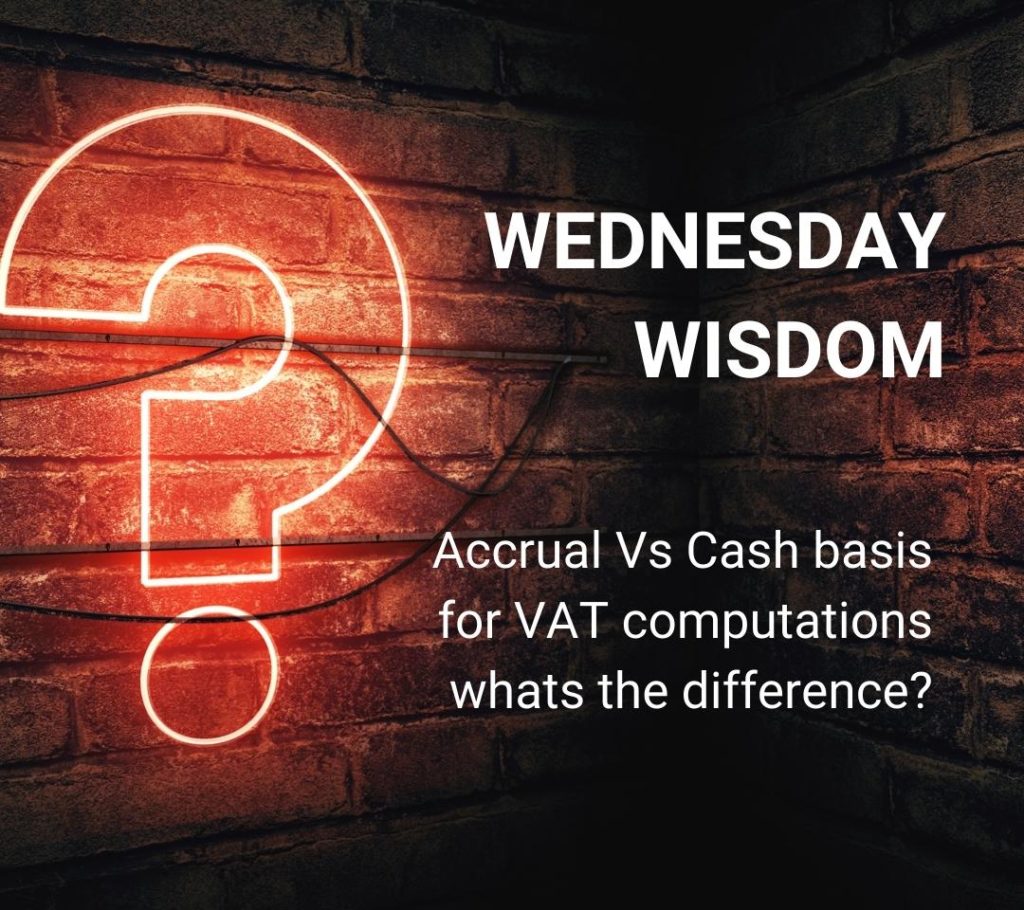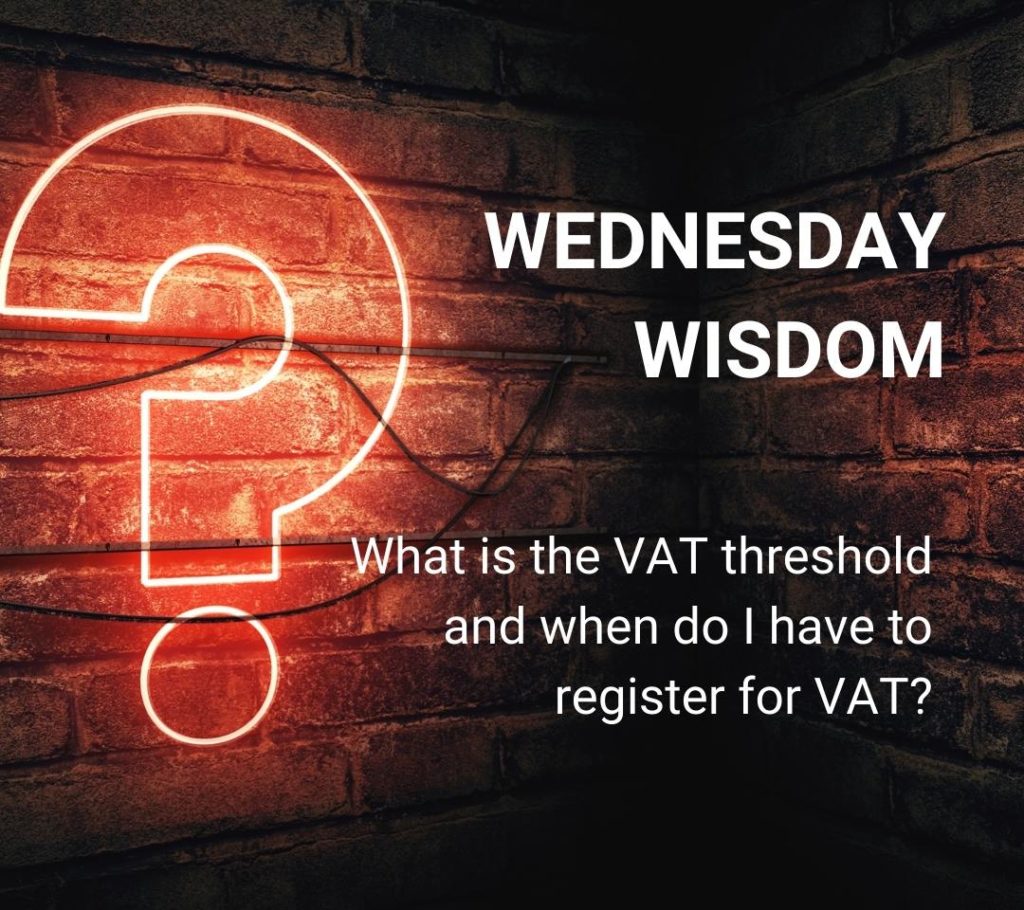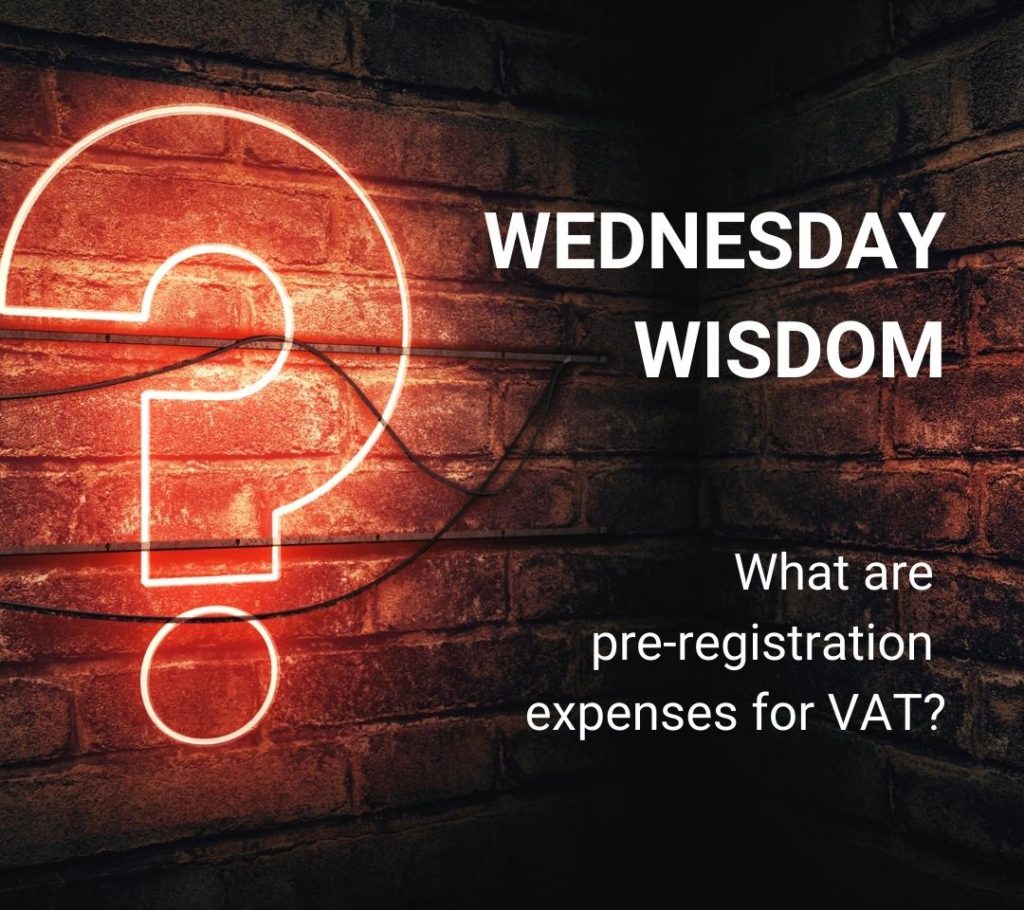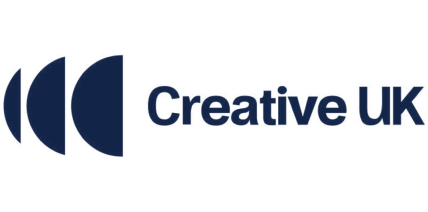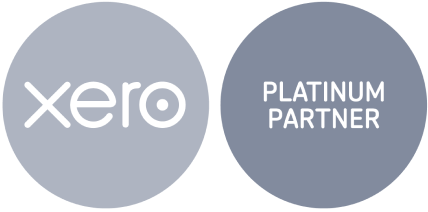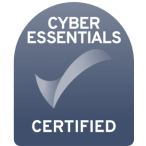When becoming VAT registered there are different methods you can adopt for working out your VAT each with their advantages and disadvantages. Two of the most common VAT accounting methods are cash accounting and accrual accounting.
CASH ACCOUNTING
This method calculates the VAT when your invoices were paid, not when they were raised. This means that income is recorded when it’s actually received and expenses are recorded in the period they are paid. From a sales perspective this has the advantages of ensuring that you only pay VAT to HMRC once your client has paid and settled their invoice. Conversely you can only reclaim VAT on purchases when the supplier invoice is paid.
To use this scheme, your business must be registered for VAT and have an estimated VAT taxable annual turnover of less that £1.35 million.
Advantages – Cash Accounting can be a real boost to the cashflow of the business that has extended payment terms on their goods or services, or have many clients who do not pay straight away. This is because you do not need to pay HMRC VAT that you have not yet received.
Disadvantages – You have to wait until you have paid for goods in full before you can claim the VAT back on the purchase.
ACCRUAL ACCOUNTING
Unlike cash accounting, with accrual accounting you must calculate the VAT on the basis of when the invoice was received or issued. Accrual accounting therefore is not concerned with when payments were received or made. This scheme is therefore based on the date an invoice is issued, regardless of whether the invoice has been paid or not.
